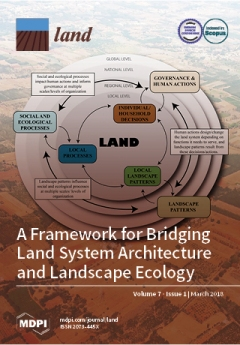Regional Law No. 91-OZ amending Regional Law No. 39-OZ “On protected areas”.
Article 6.1 shall be amended to add the following wording: “The following protected areas of local significance shall be set up on the regional territory: (a) tourist and recreational areas; and (b) protected natural complexes”.
Amends: Regional Law No. 39-OZ “On protected areas”. (2013-07-02)


